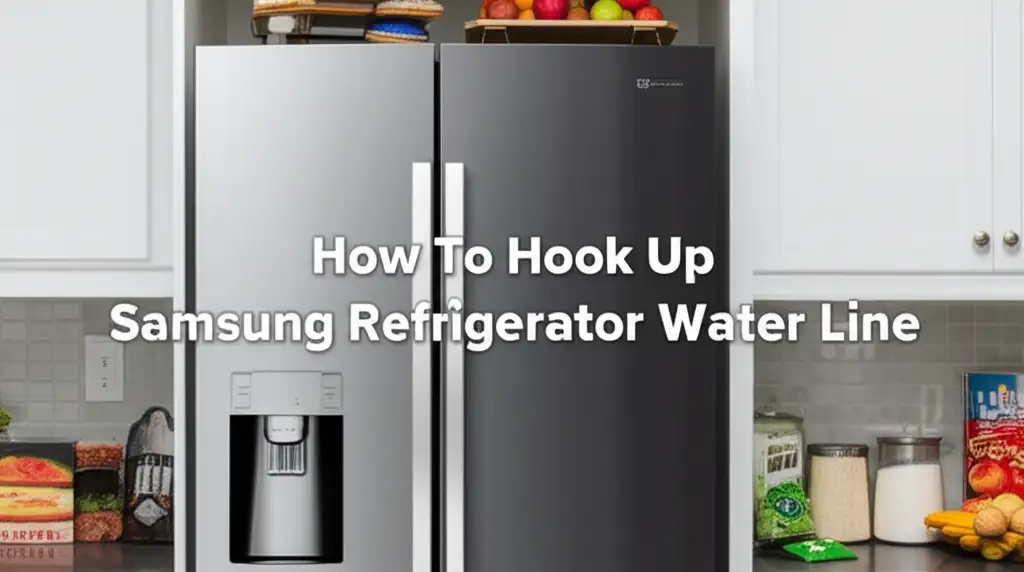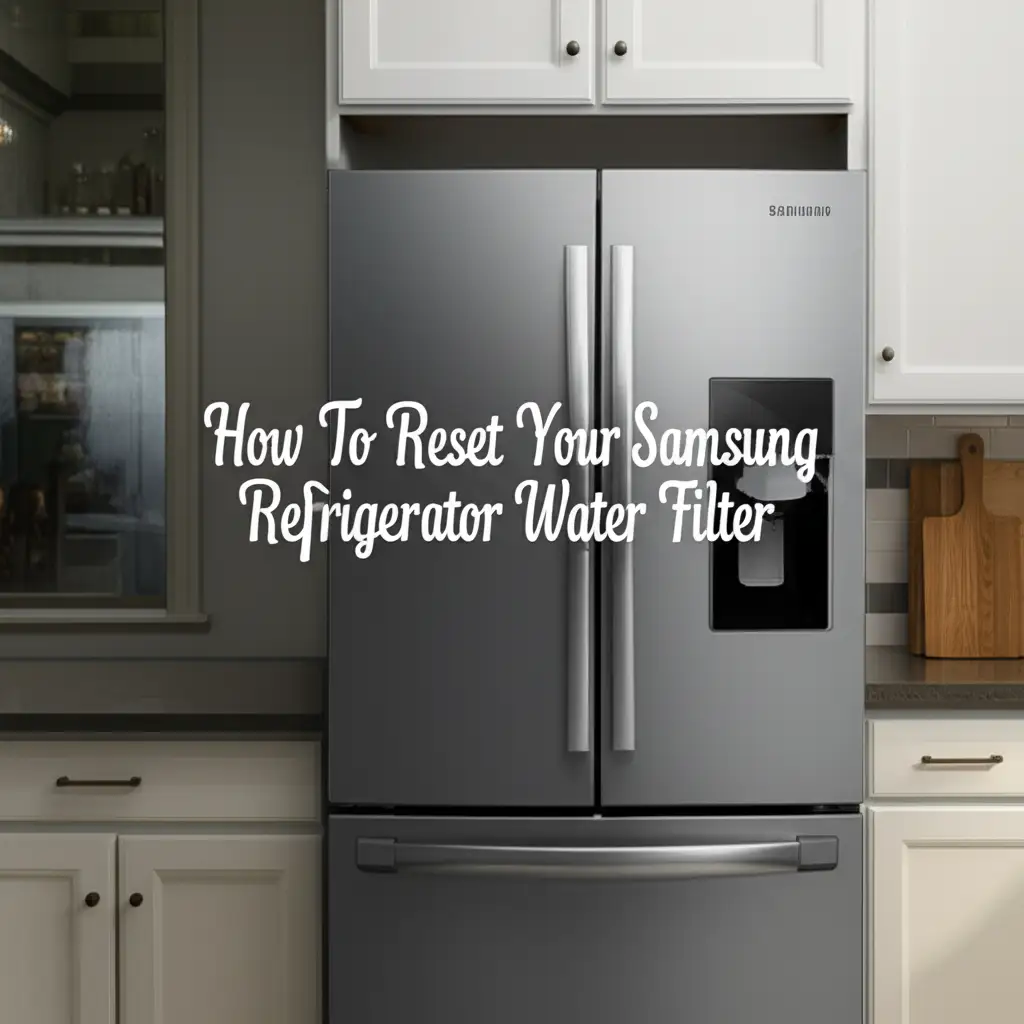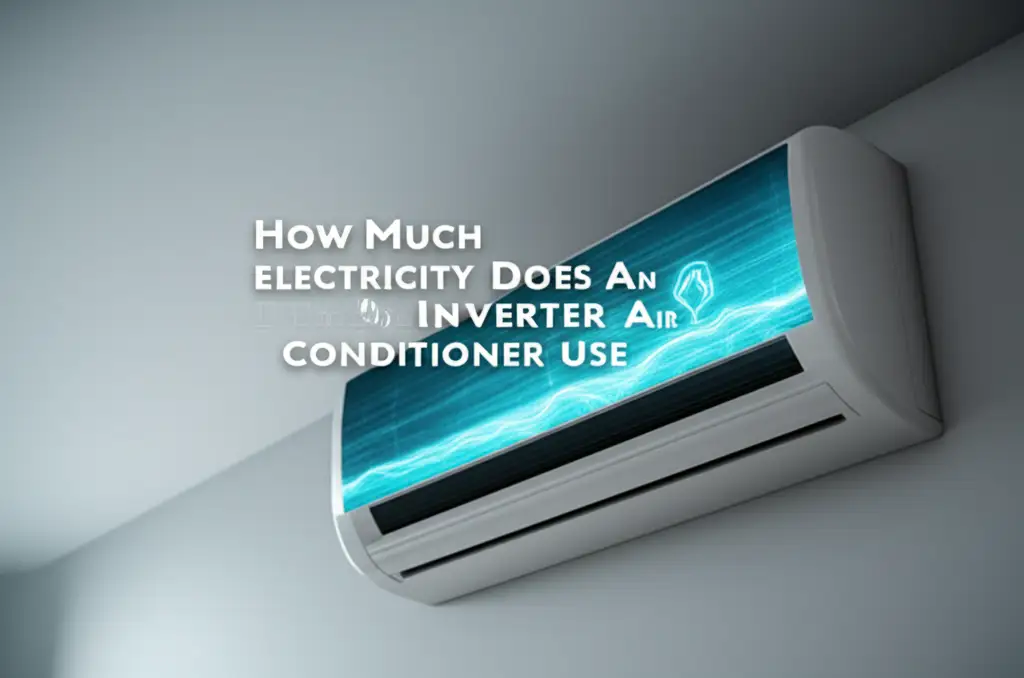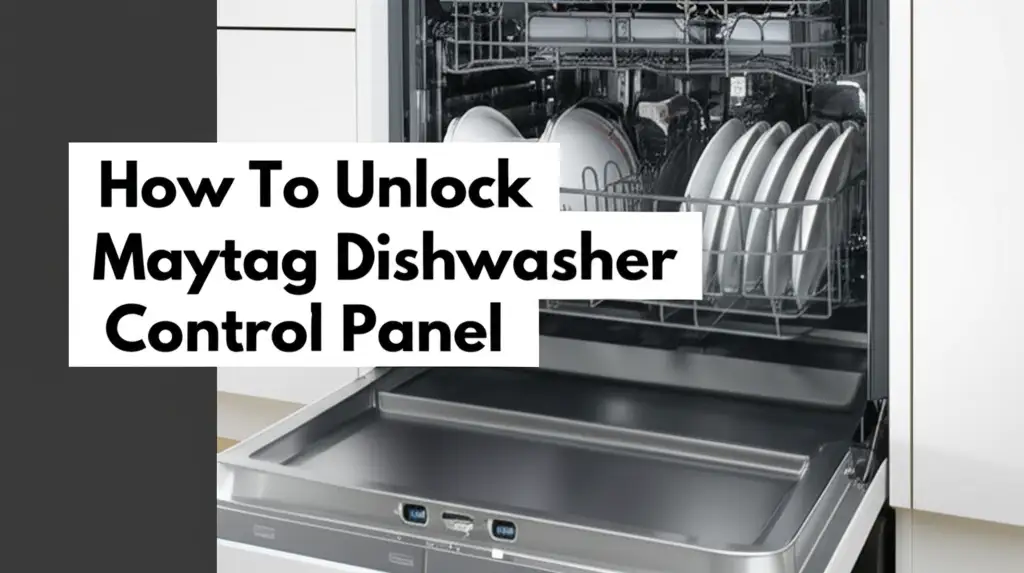· Todd Martin · Home Appliances · 22 min read
How To Hook Up Samsung Refrigerator Water Line

How to Hook Up Your Samsung Refrigerator Water Line
Getting a new Samsung refrigerator is exciting. You are likely eager to enjoy the convenience of fresh, filtered water and ice. However, before you can dispense your first glass, you need to connect the water supply. Understanding how to hook up a Samsung refrigerator water line properly prevents leaks and ensures your appliance functions perfectly.
Connecting the water line might seem like a daunting task, but with the right guidance, it is a straightforward DIY project. I will walk you through each step. We will cover everything from gathering your tools to flushing the system. This guide ensures a smooth installation process for your Samsung refrigerator.
Takeaway
Connecting your Samsung refrigerator water line correctly involves:
- Gathering essential tools and materials.
- Safely turning off your home’s water supply.
- Making a secure connection to a cold water source.
- Attaching the water line to the refrigerator’s inlet valve.
- Thoroughly flushing the system and checking for leaks.
To hook up a Samsung refrigerator water line, first turn off the main water supply. Then, connect the included water line to a cold water source using a saddle valve or T-fitting. Finally, attach the other end of the line to the refrigerator’s inlet valve, ensuring all connections are tight before restoring water and checking for leaks.
Essential Preparations Before You Begin
Before you start connecting your Samsung refrigerator water line, a few crucial steps ensure safety and efficiency. Taking time for preparation prevents mishaps and makes the entire process smoother. I always make sure I have everything ready before I pick up a wrench.
Safety First: Turning Off Your Water Supply
Your first and most important step is to shut off the main water supply to your home. This prevents unexpected water flow and potential flooding during the installation. Locate your main water shut-off valve, usually in your basement, crawl space, or near your water meter. Turn the valve clockwise until it is completely off. To confirm the water is off, open a faucet in your house; no water should come out. This simple step protects your home and keeps you safe.
Gather Your Tools and Materials
Having all your tools and materials ready saves time and frustration. You do not want to be halfway through the process and realize you are missing something vital. Here is a list of items you will likely need:
- Adjustable Wrench or Pliers: For tightening connections.
- Utility Knife or Tube Cutter: For cutting the water line tubing.
- Measuring Tape: To determine the length of tubing needed.
- Bucket and Towels: For catching any residual water.
- Drill with Drill Bits: If you need to install a new saddle valve.
- Water Line Kit: Your Samsung refrigerator often comes with a PEX or copper water line. If not, buy a high-quality kit. Ensure it is at least 1/4-inch diameter.
- Saddle Valve Kit or Tee Fitting: This connects your refrigerator’s water line to an existing cold water pipe. I prefer a tee fitting for a more robust connection.
- Thread Seal Tape (Teflon Tape): For creating watertight seals on threaded connections.
- Safety Glasses: Protect your eyes from splashes or debris.
Using the right tools makes the job much easier. Proper materials ensure a durable, leak-free connection.
Locate Your Cold Water Source
You need to connect your Samsung refrigerator to a cold water line. The best place is often a cold water pipe under your kitchen sink. Alternatively, you might find a suitable cold water line in a nearby utility room or basement. Make sure the chosen pipe is easily accessible. It should also be a dedicated cold water line, not a hot water pipe. Connecting to hot water can damage your refrigerator’s ice maker and filter. Having a clear path for the water line also helps ensure proper installation. You want enough slack in the line but not too much excess tubing. Knowing where your water source is helps you plan the routing of your new water line. If you are also looking into how to maintain other aspects of your water system, consider reading about how to clean refrigerator ice maker water line or how to clean fridge water line for comprehensive care.
Connecting the Water Supply to Your Home
Once you have prepared everything, the next step involves making the actual connection to your home’s water supply. This is a critical part of the process. A secure connection prevents leaks and ensures consistent water flow to your refrigerator. I always double-check these steps to avoid future headaches.
Installing the Saddle Valve or Tee Connection
You have two main options for connecting to your existing cold water pipe: a saddle valve or a tee fitting.
- Saddle Valve (Piercing Valve): This is the simpler option, but it can be prone to leaks over time. To install it, you will clamp the saddle valve onto the cold water pipe. Then, you will turn a handle that pierces a small hole in the pipe, creating a connection. Ensure the valve is on a straight section of the pipe. Avoid connecting it to curved sections or fittings. While convenient, some plumbing codes do not permit saddle valves for long-term use due to their higher risk of leaks.
- Tee Fitting (Compression Fitting): I highly recommend using a tee fitting for a more secure and reliable connection. This requires cutting a section of your cold water pipe. You then insert a tee fitting into the gap. This method creates a sturdy, permanent connection that is much less likely to leak than a saddle valve. It might seem more involved, but the peace of mind is worth it. You will need compression nuts and ferrules to secure the water line to the tee fitting. Always apply thread seal tape to the male threads before tightening.
No matter which method you choose, make sure the connection is snug but do not overtighten. Overtightening can strip threads or damage the pipe.
Running the Water Line
With your water source connection established, you now need to run the water line from that connection point to your Samsung refrigerator. This involves careful measurement and routing.
- Measure the Distance: Use your measuring tape to determine the length of water line tubing you need. Measure from your saddle valve or tee fitting to the back of your refrigerator. Add an extra 8-10 feet (about 2.5-3 meters) of slack. This slack allows you to pull the refrigerator out for cleaning or maintenance without disconnecting the water line. It also prevents kinking.
- Cut the Tubing: Use a utility knife or a specialized tube cutter to make a clean, straight cut on your water line tubing. A clean cut ensures a proper seal when you connect it. Avoid jagged edges or crimps.
- Route the Line: Carefully route the tubing to the back of your refrigerator. Avoid running the line through areas where it could be pinched, stepped on, or exposed to sharp edges. Secure the line with clips or ties if necessary, especially if it runs along walls or under cabinets. Ensure there are no tight bends or kinks in the line. Kinks can restrict water flow or even cause the line to burst.
Using either PEX tubing or copper tubing is common. PEX is flexible and easy to work with, while copper is more rigid and durable. Both options work well for a Samsung refrigerator water line. A proper connection to your home’s water supply is the foundation of a successful refrigerator installation.
Attaching the Water Line to Your Samsung Refrigerator
Once your water line is ready and routed, the next step is connecting it directly to your Samsung refrigerator. This connection is typically straightforward. However, it requires careful attention to detail to prevent leaks. I find that taking my time with this step truly pays off.
Locating the Inlet Valve
On the back of your Samsung refrigerator, you will find a small water inlet valve. This valve is usually made of plastic or brass and has a small opening for the water line. It is generally located near the bottom of the refrigerator, often slightly to one side. You will see a fitting designed for a 1/4-inch water line. This is where your newly run water line will connect. Some models might have a protective cover over this area, which you may need to remove. Familiarize yourself with this valve before attempting any connections.
Making the Connection
Connecting the water line to the refrigerator’s inlet valve is a simple process.
- Insert the Tubing: If your Samsung refrigerator uses a push-to-connect fitting, simply push the cut end of your water line tubing firmly into the inlet valve until it stops. You should feel a slight click or resistance, indicating it is seated properly.
- Threaded Connections: If your refrigerator has a threaded compression fitting, slide the compression nut and ferrule (a small brass ring) onto the end of the water line tubing. Then, insert the end of the tubing into the inlet valve. Hand-tighten the compression nut onto the valve. Finish by using an adjustable wrench to tighten it an additional one-half to three-quarters of a turn. Be careful not to overtighten, as this can damage the plastic valve or strip the threads.
- Apply Thread Seal Tape (if applicable): For threaded connections, applying a few wraps of thread seal tape (Teflon tape) to the male threads of the inlet valve before tightening can help create a better seal and prevent leaks. This is a small step that adds extra security.
Always ensure the water line is straight and not kinked near the connection point. A kink here can stress the fitting and lead to leaks.
Securing the Line
After making the connection, take a moment to ensure the water line is secure and properly routed.
- Check for Slack: Confirm that you have enough slack in the water line to allow the refrigerator to be pulled out from the wall. This prevents strain on the connections if you need to move the appliance for cleaning or service.
- Avoid Pinches: Ensure the line is not pinched or crimped by the refrigerator itself or any other objects. This can restrict water flow and potentially damage the line.
- Use Retaining Clips: Some Samsung refrigerators come with a small retaining clip that secures the water line to the back panel or a specific bracket. If your model has one, make sure to use it. This adds extra stability to the connection.
A properly connected and secured water line is key to trouble-free operation. Once this step is complete, you are almost ready to enjoy fresh water and ice. You might also find it useful to know if you can change Samsung refrigerator water filter without turning off water, as proper filter maintenance is related to a healthy water line.
Flushing the System and Checking for Leaks
With the water line connected, the next crucial steps are flushing the system and meticulously checking for any leaks. These steps ensure clean water and prevent water damage to your home. I never skip this part; it is vital for confirming a successful installation.
The Importance of Flushing
Flushing the water line is a necessary step before you consume any water or ice from your new Samsung refrigerator. When you install a new water line, it can contain air, manufacturing debris, and even small particles from the cutting and connection process. These contaminants are not harmful but can affect the taste of your water or clog your ice maker or filter. Flushing clears out this debris and air, preparing your system for clean, fresh water. It also helps prime the water filter if your refrigerator has one.
Step-by-Step Flushing
Follow these steps to properly flush your Samsung refrigerator water system:
- Restore Water Supply: Slowly turn the main water supply valve back on. Do not open it too quickly, as a sudden rush of water can put undue stress on your new connections.
- Purge Air from Line: Before putting the refrigerator in place, hold the end of the water line that will connect to the refrigerator over a bucket. Turn on the water slowly. Let the water run into the bucket for about 2-3 minutes until it runs clear and all air bubbles are gone. This purges air from the newly connected supply line. If you skipped this step, you might hear gurgling noises from your refrigerator later.
- Flush Through Dispenser: Once the refrigerator is connected, place a large glass or pitcher under the water dispenser. Dispense water continuously for 3-5 minutes, or until several gallons have been flushed through. This process cleans the internal lines of the refrigerator and primes the new water filter. You might notice cloudy water or small black carbon particles initially; this is normal. Continue flushing until the water runs clear and tastes clean. For optimal performance, especially if you experience slow water dispensing, remember to keep your lines clear. You can find more information on issues like why is my Samsung refrigerator water dispenser so slow in other resources.
- Discard First Batches of Ice: After flushing the water dispenser, allow the ice maker to produce its first few batches of ice (usually 10-20 cubes). Discard these initial batches. They may contain air, residual carbon particles, or have an off-taste from the new system. It typically takes 24-48 hours for the ice maker to reach full production and for the ice to taste completely normal.
Inspecting for Leaks
Checking for leaks is a critical final step. A small leak can cause significant water damage over time.
- Visual Inspection: After flushing and while the water supply is on, carefully inspect all connection points. Check the saddle valve or tee fitting connection at your home’s cold water line. Also, examine the connection point at the back of your Samsung refrigerator. Look for any visible drips, pooling water, or even slight moisture.
- Feel for Moisture: Run your fingers around each connection. Even a slight dampness indicates a potential slow leak that needs addressing.
- Tighten if Needed: If you find a leak, try gently tightening the connection a quarter turn at a time with your wrench. Do not overtighten.
- Monitor: Continue to monitor the connections for the next 24-48 hours. Small leaks might not appear immediately. Place a dry paper towel under each connection point. Check it periodically; any dampness signals a problem.
If you observe persistent leaks after tightening, turn off the water supply again. Disconnect the problematic fitting, reapply thread seal tape, and reconnect, ensuring the tubing is straight and properly seated. Sometimes, a faulty saddle valve or a damaged ferrule on a compression fitting might be the cause, requiring replacement. If you notice your Samsung refrigerator leaking water from the filter or underneath, these can be signs of other issues needing attention. You can read more about these problems in articles like why is my Samsung refrigerator leaking water from the filter or why is my Samsung refrigerator leaking water from underneath.
Activating the Ice Maker and Dispenser Features
Once you have successfully hooked up the Samsung refrigerator water line and flushed the system, it is time to enjoy its primary functions: the ice maker and water dispenser. Activating these features is usually automatic, but understanding the initial behavior helps. I remember the satisfaction of hearing the first batch of ice drop.
Initial Ice Production
Your Samsung refrigerator’s ice maker will not start producing ice instantly. It needs time for the internal components to cool down and for the water lines to fill completely.
- Cool-Down Period: After connecting the water and plugging in your refrigerator, the freezer compartment needs to reach its set temperature. This can take several hours, typically 4-6 hours. During this time, the ice maker is simply waiting for the conditions to be right.
- First Ice Cycle: Once the freezer is cold enough, the ice maker will initiate its first fill cycle. You might hear the water valve open and water flowing into the ice mold. The first batch of ice usually takes longer to form than subsequent batches, often 90 minutes to 3 hours.
- Discard Initial Batches: As mentioned in the flushing section, it is crucial to discard the first one to three batches of ice (approximately 10-20 cubes). These initial cubes may contain air from the line or have a slightly odd taste due to new plastic components and the fresh water filter. Discarding them ensures future ice is clean and taste-free.
- Full Production: It can take up to 24-48 hours for your Samsung ice maker to reach its full ice production capacity and for the ice to taste completely neutral. Be patient during this initial period.
Ensure the ice maker arm is in the “down” position. If it is in the “up” position, the ice maker is turned off.
Troubleshooting Common Dispenser Issues
Sometimes, minor issues can arise with the water dispenser or ice maker after initial setup. Here are a few common problems and their solutions:
- No Water from Dispenser:
- Check Water Supply: Confirm the main water supply to your house is fully on.
- Refrigerator Water Valve: Ensure the saddle valve or tee fitting you installed is fully open.
- Kinked Water Line: Pull the refrigerator out and check if the water line is kinked or pinched behind the unit. Straighten any kinks.
- Water Filter: If your water filter is not installed correctly or is clogged, it can block water flow. Make sure it is properly seated. You might need to reset the water filter on your Samsung smart refrigerator after installation or replacement.
- Air Lock: Sometimes air can get trapped. Dispense water for a few minutes to try and clear it.
- Slow Water Flow:
- Water Pressure: Check your home’s water pressure. Low household pressure can affect dispenser performance.
- Water Filter: A partially clogged or old water filter can significantly reduce flow. Consider replacing it if it is due.
- Kinked Line: Even a slight kink can reduce flow.
- Ice Maker Not Producing Ice:
- Temperature: Ensure the freezer temperature is set to 0°F (-18°C) or colder. The ice maker will not operate efficiently if the freezer is too warm.
- Ice Maker On/Off Switch: Most ice makers have a control arm or switch. Ensure it is in the “on” or “down” position.
- Water Supply: Reconfirm water supply to the refrigerator. If you get water from the dispenser but no ice, the issue is likely specific to the ice maker mechanism.
- Empty Ice Bucket: The ice maker may stop production if the bucket is full.
- Water Leaking from Dispenser:
- This is usually due to residual water in the line after dispensing or a faulty dispenser valve. Ensure all connections are tight.
Give your new Samsung refrigerator some time to settle in after connection. Most minor issues resolve themselves once the system is fully primed and temperatures stabilize.
Maintenance Tips for a Smooth Water Supply
Once your Samsung refrigerator water line is successfully hooked up, proper maintenance ensures its longevity and continues to deliver fresh, clean water and ice. Ignoring these simple steps can lead to decreased performance or even costly repairs. I make sure to follow these tips to keep my own refrigerator running smoothly.
Regular Filter Replacement
Your Samsung refrigerator’s water filter plays a crucial role in providing clean, great-tasting water and ice. Over time, the filter collects impurities and its effectiveness diminishes.
- Schedule: Most Samsung water filters need replacement every 6 months. This recommendation is standard for ensuring optimal filtration. Some refrigerators have an indicator light to remind you.
- Benefits: A new filter ensures maximum contaminant reduction, maintains water flow, and prevents mineral buildup in your water lines and ice maker.
- How To: Replacing the filter is usually a simple twist-and-lock mechanism. Always follow your specific Samsung model’s instructions. Remember to flush a few gallons of water through the new filter after replacement to prime it and remove any air or carbon fines. You might also be wondering, can I run my Samsung refrigerator without the water filter? While possible, it is not recommended if you want filtered water and to protect your system.
Neglecting filter replacement can lead to slow water dispensing and poor-tasting water. It can also strain the refrigerator’s water system.
Cleaning the Water Line
While your water filter does most of the heavy lifting, the water line itself can accumulate mineral deposits or biofilm over many years. Periodic cleaning can help maintain optimal flow and prevent clogs.
- Inspection: Periodically check the external portion of your water line for kinks, wear, or visible buildup.
- Internal Cleaning (Professional): For internal line cleaning, this is usually part of a more extensive service. A professional can use specialized solutions to flush out mineral deposits. For general home maintenance, regular filter changes prevent most internal line issues.
- Preventative Measures: Using a good quality water filter is the best defense against internal line buildup. If your home has very hard water, consider a whole-house water softener. This reduces mineral content before water even reaches your refrigerator.
Keeping your water line free of obstructions helps maintain consistent water pressure and flow to your dispenser and ice maker.
Winterizing (If Applicable)
If you have a Samsung refrigerator in a location that might be exposed to freezing temperatures, such as a garage or a vacation home that is shut down for winter, winterizing the water line is essential. Freezing water expands and can cause the water line or internal components to burst, leading to significant water damage.
- Shut Off Water: Turn off the water supply to the refrigerator.
- Disconnect Line: Disconnect the water line from both the home supply and the refrigerator’s inlet valve.
- Drain Water: Allow all water to drain from the line. Use a bucket to catch any remaining water.
- Open Dispenser: Activate the water dispenser until no more water comes out. This helps drain the internal lines.
- Remove Ice: Empty the ice bin completely.
- Water Filter: Remove the water filter and store it in a warm place or discard it. This prevents the filter from freezing and cracking.
- Leave Drain Cock Open: If your supply line has a drain cock, leave it open to prevent water from accumulating.
Proper winterization prevents costly damage from frozen pipes. Even if your refrigerator is indoors, avoid pushing it too close to a cold exterior wall where the water line might be exposed to freezing temperatures. Consistent maintenance ensures your water line delivers peak performance for years.
Troubleshooting Common Water Line Problems
Even after a careful installation, you might encounter issues with your Samsung refrigerator’s water line. Many common problems have simple solutions. I know how frustrating it can be when your water or ice stops working, so here is a guide to help you diagnose and fix them.
No Water or Slow Flow
This is one of the most common complaints. The absence of water or a weak trickle from the dispenser can be frustrating.
- Is the Water Supply On? Double-check the main water supply to your house and the saddle valve or tee connection to your refrigerator. They must be fully open. It sounds basic, but it is often the culprit.
- Kinked Water Line: Pull your Samsung refrigerator away from the wall. Inspect the water line behind the unit. A kink or sharp bend can severely restrict water flow. Gently straighten any kinks. Ensure there is enough slack for future movement.
- Clogged Water Filter: If the water filter is old or has not been replaced recently, it could be clogged with sediment. Replace the filter. After replacement, remember to flush a few gallons of water through the dispenser to prime the new filter and remove air. Sometimes, a new filter simply needs to be seated correctly. If you’ve been running your refrigerator without a filter, understand that this might affect its long-term performance.
- Frozen Water Line: If your refrigerator is in a cold environment (e.g., a garage) or if the water line behind the fridge is too close to a cold exterior wall, it can freeze. This prevents water flow. Unplug the refrigerator and let it sit for several hours with the freezer door open to thaw any frozen lines. Ensure the line is not pressed against the back panel. Issues like why does my Frigidaire refrigerator water line keep freezing or why does my GE refrigerator water line freeze up are common across brands, including Samsung.
- Low Household Water Pressure: If water flow is weak from all faucets in your home, the issue might be with your overall household water pressure, not just the refrigerator.
Leaks
Water leaks are concerning because they can cause significant damage. Addressing them quickly is important.
- Connection Points: Most leaks occur at the connection points: where the water line connects to your home’s cold water pipe (saddle valve/tee fitting) or where it connects to the back of the Samsung refrigerator.
- Solution: Turn off the water supply. Gently tighten the connection using an adjustable wrench. Do not overtighten, as this can crack plastic fittings. If it still leaks, disconnect the line, inspect the ferrule (if using a compression fitting) or the threads. Reapply thread seal tape if it is a threaded connection, and reconnect carefully.
- Damaged Water Line: Inspect the entire length of the water line for any nicks, cuts, or punctures. If damaged, you will need to replace the entire section of tubing.
- Internal Refrigerator Leaks: If the leak seems to be coming from inside the refrigerator itself, perhaps pooling at the bottom or coming from the dispenser, it might be an internal issue. This could be a cracked water filter housing, a clogged defrost drain, or a faulty water valve inside the refrigerator. Issues like why is my Samsung refrigerator collecting water in the bottom or why is my side-by-side refrigerator leaking water indicate more complex internal problems. For internal leaks, consider professional service.
Odd Taste or Smell
If your water or ice has an unusual taste or smell, it is usually a filter-related issue or something in the new line.
- New Filter/Line: It is normal for the first few gallons of water and batches of ice to have a slightly off taste or cloudy appearance when a new filter is installed or after a new water line connection. Flush several more gallons through the dispenser and discard more ice.
- Expired Filter: An old or expired water filter can cease to properly filter contaminants, leading to bad taste or odor. Replace the filter immediately.
- Standing Water: If the refrigerator has been off for a while, water sitting in the line can become stagnant. Flush it thoroughly.
- External Contamination: Ensure no strong odors are near the ice bin or dispenser area that could be absorbed by the ice.
By systematically checking these points, you can resolve most common Samsung refrigerator water line problems yourself.





